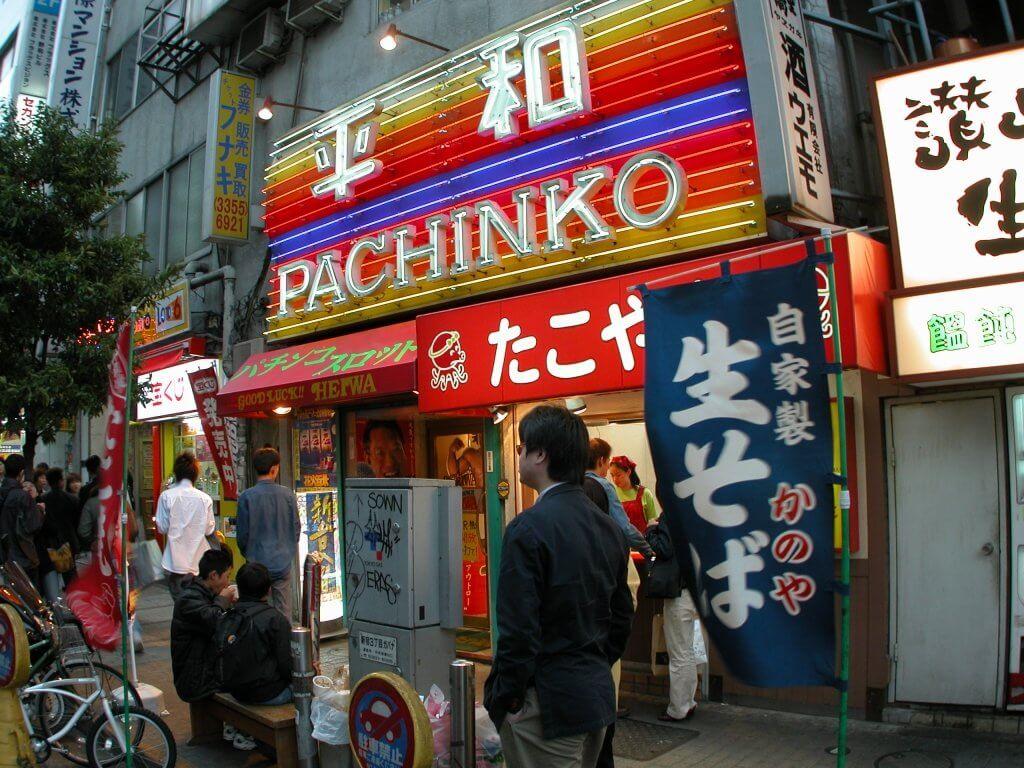From the neon-bathed streets of Tokyo to tranquil temple gardens, Japan lures visitors into a world where ultra-modern cityscapes and ancient traditions coexist in mesmerizing contrasts. Around every corner lies Japan’s unique arts and entertainment. Perhaps you’ll discover hidden alleyways filled with tiny jazz clubs or Shinto shrines unchanged for centuries. Maybe a peaceful afternoon practising meditation transforms into a karaoke night drowned in sake among new friends. Japan promises endless possibilities, keeping keen travellers captivated day and night. Beyond the classic tourist staples beckon deeper wonders revealing the country’s truly diverse spirit. Just arrive with an open mind and appetite for adventure to uncover Japan’s incredible entertainment riches.
Gambling on Various Games

Gambling remains a popular pastime across Japan, integrated into mainstream entertainment culture. While physical casinos operate legally in the country, there is a lack of proper legislation for online gambling. This, however, doesn’t stop players from accessing some of the best online casinos listed here: https://www.slotozilla.com/pl/bonusy-bez-depozytu, where many users enjoy different types of no-deposit offers for signing up. Locals enjoy iconic gambling-adjacent fixtures, from ubiquitous pachinko parlors to remote motorcycle speedways hosting betting on thrilling superbike races.
Pachinko – Japan’s Vertical Pinball Phenomenon

No discussion of Japanese gambling culture omits the iconic vertical arcade game pachinko, driving a multi-billion-dollar entertainment industry nationwide. Blending elements of pinball, slot machines, and lottery-style number drawing, pachinko somehow dodges the country’s strict anti-gambling laws despite clearly combining skill, money, and chance with prizes won.
Players launch small steel balls vertically up through a vertical playing field loaded with maze-like obstacles, altering pin paths randomly down before getting captured in scoring pockets at the bottom. The more balls entering holes before draining grants, the more prize payouts afterward. Trade won prizes for cash elsewhere to circumvent technical letter-of-law violations. Pachinko is captivating as a form of Japanese arts and entertainment for the following reasons.
- Loud, flashy lights;
- Incorporates popular anime/manga themes;
- Intuitive gameplay easy to learn;
- Over 9,000 parlors nationwide catering accessibility;
- Chance for monetary prizes after playing;
- Trade won prizes for cash-skirting gambling laws;
- Legacy reaching back generations, embedding it in culture.
Thanks to loud, flashy lights plus incorporations of popular anime/manga themes into machine designs, pachinko retains immense cultural relevance with over 9,000 parlors across Japan and an estimated 16 million local players. Moreover, 2022 revenue for pachinko operators approached a staggering $165 billion, showcasing the vertical arcade format’s lasting lucrative appeal.
Beyond just gambling-themed entertainment shining in Japan, the island nation also offers a vibrant arts and culture scene from uber-modern districts in Tokyo and Osaka to preserving ancient traditions like Kabuki theater productions, martial arts dojos, zen gardens, shrine complexes housing relics dating back thousands of years and much more to explore.

Harajuku’s Fashion Playground
The Harajuku district in Tokyo famously attracts creative youth culture movements, making the area akin to Japan’s Times Square. Often called a fashion wonderland, young designers and trendsetters flock to show edgy apparel experiments that are more avant-garde than commercial retailers carried elsewhere. This place is famous for Japanese arts and entertainment.
Vibrant costumes live out anime fantasy personas come alive on city streets. Punk rock attire clashes against Victorian doll looks. Steampunk gears/goggles make appearances too. People watching simply dazzle during peak weekends when human rainbows emerge, playing dress-up free from judgment among a welcoming, creative clan. Grab green tea soft serve at a Parisienne-style cafe for the full experience!

Kabuki Theater – Classical Performance Art
Dating back to the 17th century, traditional Kabuki Theater productions provide a glimpse into classical Japanese performance art by way of elegantly exaggerated movements, striking makeup patterns, ornate costumes, and dramatic literary tales exposing historical plights.
Modern audiences still flock to these iconic multi-act plays full of twists and revelatory moments that trained performers initiate with precise timing using signature vocal calls and poses. Therefore often running many hours, Kabuki plays an entire sensory experience, keeping old traditions alive through beloved cultural touchstones passed down through generations.
Zen Garden Craft and Symbolism
The ancient zen gardens dotting Japan’s Buddhist temples and shrines provide tranquil spaces promoting meditation and reflection through minimalist arrangements accentuating natural landscapes on a miniature scale. Moreover, these stone and sand constructions contain intricate symbolic details with subtle patterns raked around meticulously placed rocks, moss patches, pruned trees, and scaled-down water elements representing broader spiritual philosophies underpinning zen practice. This forms a part of japan’s arts and entertainment.

Monks specifically site arrangements promoting harmony and flow for visitors tracing patterns mimicking life’s dualities with reverence. Sculpted trimmings around a simple plateau garden, for instance, indicate the surrounding mountainous terrain and modeled ripples across sand signify the presence of oceans. Simplicity centers attention inward to mindfulness and unity with all creation.
Film Innovation and Horror Mastery

Japanese cinema has profoundly influenced global filmmaking through innovative techniques and compelling horror narratives that resonate universally. Therefore here are some of the key Innovations and impacts.
- Pioneered groundbreaking filming methods like Rashomon-effect multi-perspective storytelling and Godzilla-style situation special effects
- Birthed enduring horror sub-genres like J-Horror, which focused on haunting tales and societal ills.
- Inspired many Western horror productions through chilling themes like generational curses, haunted technology, and vengeful female ghost imagery
- Leveraged urban legends and commentary on societal faults to elicit raw, primal fears
- Cemented signatures like ominous long-haired ghosts, ominous technology, and generational curses into the collective pop culture psyche
With its pioneering cinematic techniques and horror mastery focused on resonant psychological themes, Japan has shaped global filmmaking extensively through copied filming methods, tapping into fundamental human fears.
Moreover the sheer variety sustaining japan arts and entertainment and vibrant modern entertainment landscape earns its reputation for cutting-edge trends and technological feats coexisting beside continuing ancient practices – often literal footsteps between sites. Foreigners overlook preconceptions focusing only on tech futurism or calm zen tourism. The reality covers amazingly more diverse middle grounds, immersing all visitor senses simultaneously.
















































